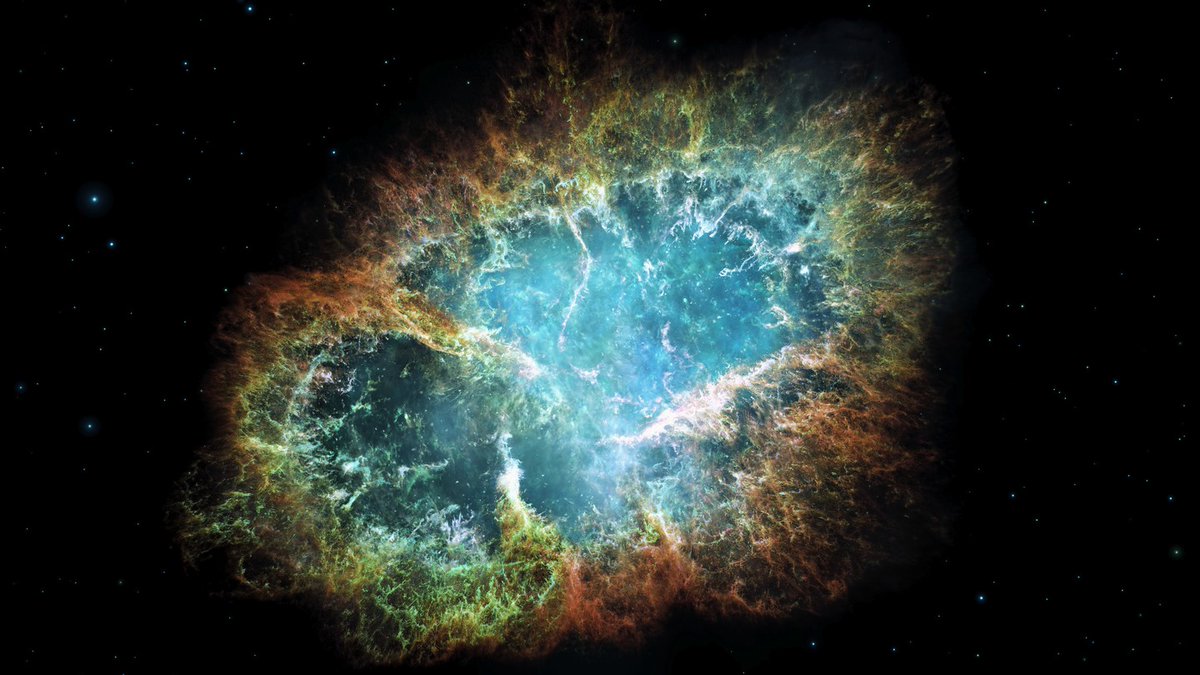Welcome to Day 1 of Black Hole Week!
Today we'll start off with the basics. How do black holes form? How are they structured? How could a black hole possibly die? I'll talk about all of this in today's short informative thread! #scicomm (1/13)
Today we'll start off with the basics. How do black holes form? How are they structured? How could a black hole possibly die? I'll talk about all of this in today's short informative thread! #scicomm (1/13)
So how exactly do black holes form? Let's first start with a very massive dying star nearing the end of its stellar evolution called a Red Supergiant. It has run out of fuel, and gravity overwhelms all other forces, leading to it exploding, which is called a supernova. (2/13)
Once again, if the star was massive enough, it will collapse and form what we know as a black hole. Now, let's go into detail on what these objects actually are! Black holes are super dense objects that allow nothing to escape once close enough. Why is that the case? (3/13)
Let's first think of a rocket launching from Earth to go to the moon. It must first escape the Earth's gravitational pull before it can even think of heading towards the moon. The velocity required to do that is called the escape velocity, and it's 11.2 km/s for Earth. (4/13)
Calculating the escape velocity for any object depends on its mass and radius. If you kept Earth's mass constant but decreased the radius, the escape velocity would rise. Let's say that we continued to decrease Earth's radius to something extremely tiny. (5/13)
At some point, you can make the radius small enough so that the escape velocity is equal to the speed of light, which is about 300 million m/s. This radius is called the Schwarzschild radius, and any object smaller than this is a black hole. Pretty cool, right? (6/13)
This leads to talking about the event horizon, which is this “point of no return” threshold that if crossed, you wouldn’t be able to escape unless you traveled at or greater than the speed of light. You're now being sucked in by an intensely strong gravitational field. (7/13)
You're now being hurdled towards what is called the singularity, a region of very very very high density. Scientists today are still trying to understand these singularities since the laws of physics just don’t function properly at this point. (8/13)
There are many many types of black holes, including classifications of them based on mass (stellar, intermediate, and supermassive black holes), and also some that are stationary and some that spin. But, how exactly does any black hole die? Do they even? (9/13)
Proposed by Stephen Hawking in 1974, black holes can radiate away and at some point "die" due to something called Hawking Radiation. At any point in the universe, subatomic particle-antiparticle pairs pop into existence, annihilate each other, and disappear. (10/13)
Say you were super close to the event horizon, and one particle popped up inside the event horizon and the other outside. One would be sucked into the black hole and the other one would escape, effectively leading to the black hole losing energy and at some point, dying. (11/13)
It should be noted that we have never observed this happen, and Hawking Radiation is only a scientific model that is just a bunch of numbers at this point. Though, seeing a black hole die would be something really amazing to observe!! (12/13)
Well, those are the basics of black holes! Come back tomorrow where I'll talk about the different ways we can possibly detect and see a black hole!! (13/13)
Question: How does dying by being sucked into a black hole sound to you?
Question: How does dying by being sucked into a black hole sound to you?

 Read on Twitter
Read on Twitter






